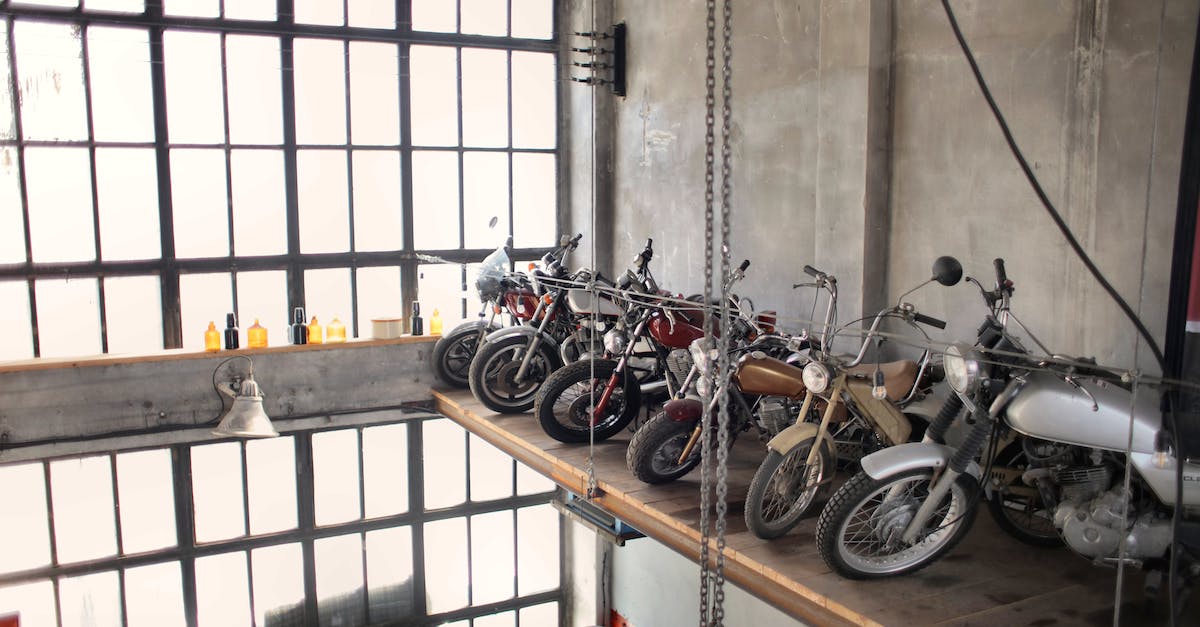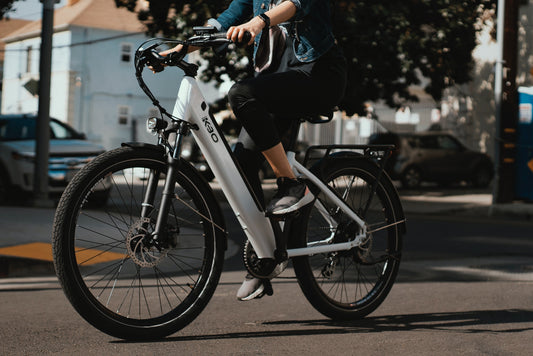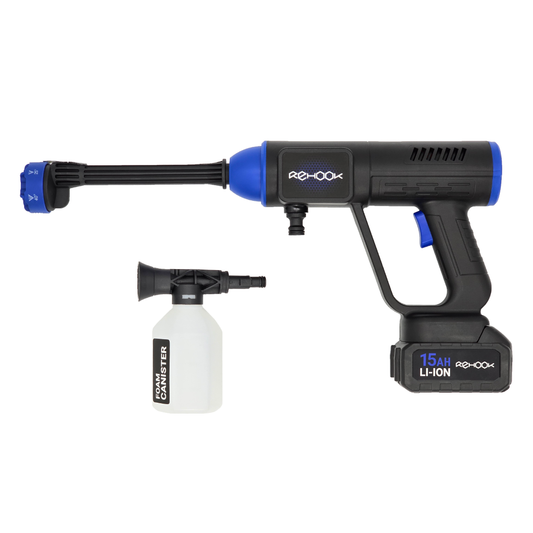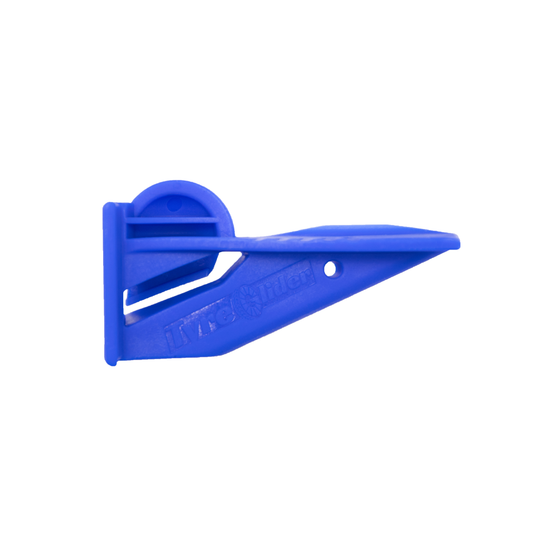dee-rek-t dr-iv
Noun
A type of bicycle drivetrain that uses a single gear without a cassette.
Example usage: 'My new bike has a direct-drive drivetrain for maximum efficiency.'
Most used in: Mountain biking and urban cycling.
Most used by: Experienced cyclists who want a reliable, low-maintenance drivetrain.
Popularity: 8/10
Comedy Value: 2/10
Also see: 1 Crank-based Power Meter, 2 Power Crank, 3 Power Meter Crank, 4 Power Meter Pedal,
What is Direct-Drive in Cycling?
Direct-drive is a method of powering a bicycle, which is becoming increasingly popular in the cycling world. It is a way of transferring energy from the pedals directly to the rear wheel, usually through a belt or chain, without using gears or a derailleur system.
With direct-drive, cyclists can more efficiently transfer their energy from their legs to the rear wheel. This allows them to ride faster and more efficiently, as there is less lost energy from the chain and gears. This can be very beneficial for racing or long rides, as it can help to save energy and reduce fatigue.
Direct-drive is becoming more and more popular among cyclists, as it is very efficient and requires less maintenance than a derailleur system. According to recent studies, direct-drive is now the most popular type of drivetrain among professional cyclists, with over 60% of them using it.
Direct-drive is a great choice for any cyclist looking for an efficient and reliable way to power their bike. It is becoming increasingly popular in the cycling world, and it can be a great way to improve your performance and save energy.
.The Origin of the Term 'Direct-Drive' in Cycling
The term 'direct-drive' in the context of cycling was first used in the late 19th century in France. It was used to describe a type of bicycle drivetrain that was powered by the cyclist's legs rather than a drivechain. This type of drivetrain was popularized in the early 20th century as a way of making cycling more efficient and comfortable.
The direct-drive drivetrain was first developed in France in the late 1800s. It was designed to be a more efficient and comfortable way of pedaling a bicycle, as it eliminated the need for a drivechain. This type of drivetrain was popularized in the early 1900s and was the standard for bicycles for several decades.
The term 'direct-drive' is still used today to refer to any drivetrain that is powered directly by the cyclist's legs, without the need for a drivechain. This type of drivetrain is still popular today, as it is lightweight, efficient, and provides a smooth ride.












